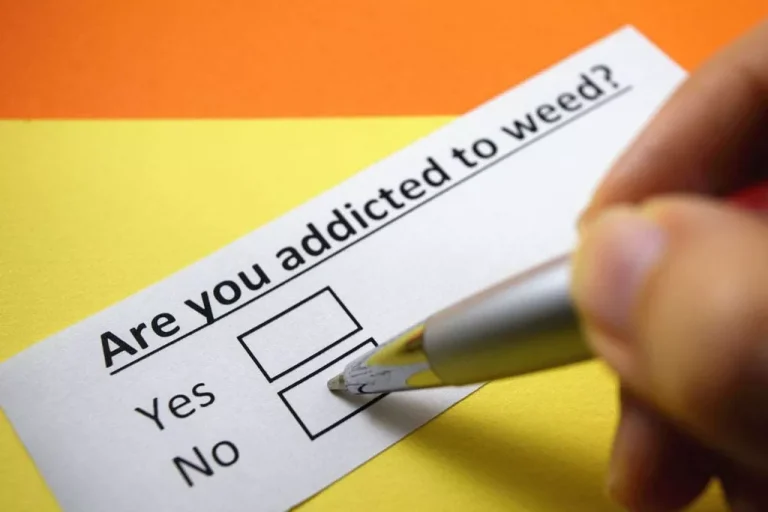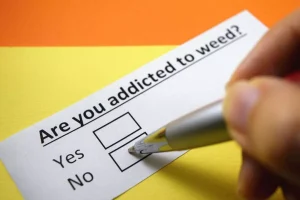Sober living
Alcohol Withdrawal Seizures: Symptoms, Causes, Treatment, and More
Warning: curl_exec() has been disabled for security reasons in /home/flecoe8b/nictech.vn/DocumentRoot/wp-content/plugins/wp2speed/lib/includes/utils.php on line 3
Notice: Undefined offset: -1 in /home/flecoe8b/nictech.vn/DocumentRoot/wp-content/plugins/wp2speed/lib/includes/utils.php on line 3

Experts say the kindling effect develops due to genetic factors (it is present in people with a family history of alcoholism). Previous withdrawal experiences can also be risk factors for the kindling effect. Afterward an alcohol-related seizure, the person’s skin may appear dusky or slightly blue if the seizure lasted for a Halfway house long time.
Risk Factors
Discuss these possible drug interactions with your doctor or pharmacist if you have questions about the combined use of alcohol and your epilepsy medication. Check with your pharmacist or doctor if you take long-acting, extended-release, sustained-release or controlled-release seizure medicines to see if there is a drug interaction with alcohol. On average, an alcoholic who doesn’t stop drinking can expect to decrease his or her life expectancy by at least 15 years.
Prevention and Awareness

Severe and potentially life threatening symptoms of alcohol withdrawal include seizures and delirium tremens (DTs). The authors report that over 90% of alcohol withdrawal seizures occur within 48 hours after the last drink. Additionally, the severe dehydration and electrolyte imbalances that sometimes occur during a hangover can trigger brain hyperexcitability. This is another reason why people with a history of seizures or those susceptible to them should be cautious with alcohol consumption.

Long-Term Comprehensive Care
- If you have a past experience of withdrawal symptoms, you are likely to have them return if you start and stop heavy drinking again.
- SUDEP is the sudden and unexpected death of a person with epilepsy who is otherwise healthy without a known cause.
- This figure increases to 91% for those who have remained abstinent and have attended AA for five years or more.
- When alcohol is gone, however, these receptors go from over-stimulated to temporarily under-stimulated as they try to adjust to normal.
While in the hospital, a medical team can monitor any other symptoms you may experience, as well as treat your seizures. If you experience severe symptoms of alcohol withdrawal, like seizures, you will most likely require hospitalization. While in the hospital, your medical team will monitor you for other signs of withdrawal. If people have an alcohol use disorder, they can talk with a healthcare professional about treatment options. If people withdraw from alcohol after heavy use, it is alcohol withdrawal seizure important to do so with medical supervision.
- Alcohol enhances the GABAergic system (inhibitory) and inhibits glutamate (excitatory) receptors.
- However, someone who is having an alcohol withdrawal seizure may not need any trigger other than stopping alcohol use.
- Alcohol is a diuretic, which means that it promotes water loss by increasing urine output.
- Topiramate is thought to block L-type calcium channels, but zonisamide appears to be a T-type calcium channel antagonist 49.
Co-Existing Health Conditions

All condition, treatment and wellness content is medically reviewed by at least one medical professional ensuring the most accurate information possible. According to older research, alcohol consumption may have a causal relationship with seizures, and people who drink 200 g or more of alcohol daily may have up to a 20-fold increase in seizure risk. It is also possible to experience seizures as a result of alcohol withdrawal. This can happen after someone who has misused alcohol for a long time stops consuming it. In some cases, genetic testing may be conducted, especially if there is suspicion of a genetic predisposition.





